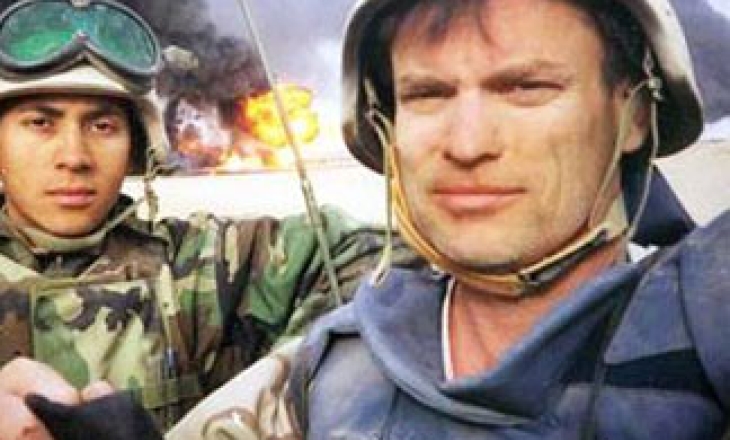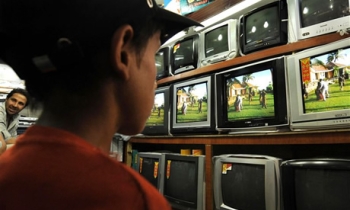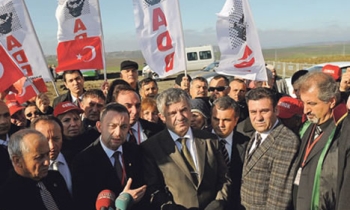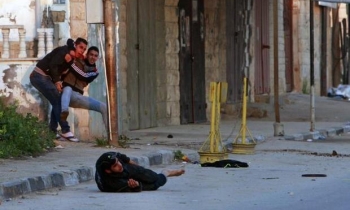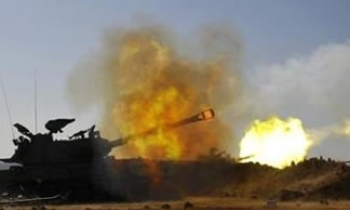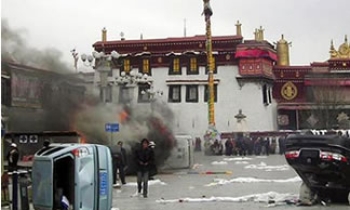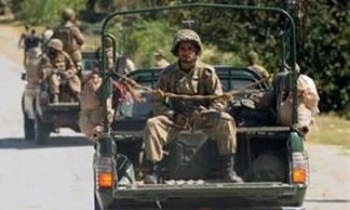In the long-standing battle for journalistic freedom, the victor is the Bush Administration and its embedded media program in Iraq. Journalists embedded with American troops emphasised military successes more often than they covered the invasion’s consequences for Iraqi citizens.
These findings are from a study by sociologist Andrew M Lindner, writing in the spring issue of the American Sociological Association’s Contexts magazine. This is being described as the only sociological study to date of the substantive content of media coverage during the first six weeks of the Iraq war.
“The embedded programme proved to be a Pentagon victory because it kept reporters focused on the horrors facing the troops, not the horrors of the civilian war experience,” says Lindner, who is completing his doctoral dissertation at Penn State University and will join the sociology faculty at Minnesota’s Concordia College, Moorhead, in fall 2008. “The end result: a communications victory for an administration that hoped to build support for the war by depicting it as a successful mission with limited cost.”
Lindner and his colleagues examined disparities in the news coverage of the three primary types of journalists reporting from Iraq: reporters embedded in the Pentagon’s programme, those stationed in Baghdad and independent reporters with freedom to roam the country.
His findings reveal how the context of the embedding programme may have limited reporter access and hindered the spread of war-related information to the wider public. According to Lindner’s research, embedded reporters most extensively covered the soldier's experience of the war. Nine out of ten articles by these reporters quoted soldiers.
“With the vast majority of embedded coverage citing US military sources, as long as the soldiers stayed positive, the story stayed positive,” Lindner says.
Baghdad-stationed reporters provided the most extensive coverage of the consequences of the invasion. Half of the news articles produced by these journalists reported on civilian fatalities, compared with just 12 per cent of the articles by embedded reporters.
While embedded reporters were most likely to tell the military’s story, and local consequences were well represented by Baghdad-stationed reporters, independent reporters produced the most balanced coverage depicting both sides of the story.
These reporters, not limited by location or source availability, covered combat and military movement nearly as frequently as embedded reporters but were at least twice as likely to cite Iraqi sources and cover civilian fatalities.
Lindner’s conclusions are the result of a content analysis of 742 news articles written by 156 English-language print reporters in Iraq during the first six weeks of the war. The study’s findings, combined with Lindner’s telling of the history of war reporting, shed light on the relationship between the media and the military as the United States’ government debates continued military involvement in Iraq and potential invasions of other countries.

